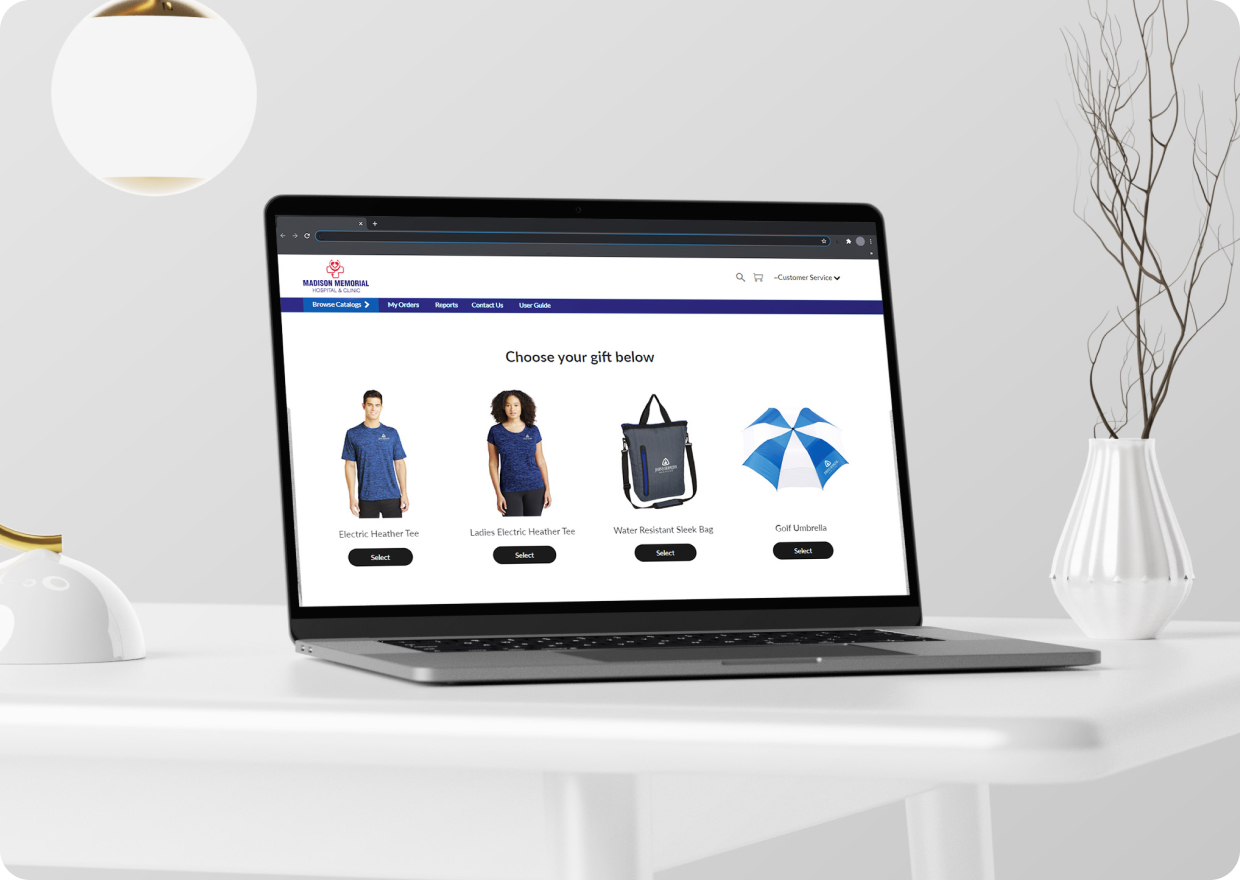In 2014, the ALS Association invented the "Ice Bucket Challenge" to raise research funds for amyotrophic lateral sclerosis (ALS).
Challenge participants poured a bucket of ice water over their heads (or someone else's) to raise money for charity. Individuals filmed themselves performing the activity, nominated others to take the challenge and shared the footage on social media. The challenge went viral.
As a result, the ALS Association raised $115 million and increased its annual research funding by a whopping 187%.
This chilly challenge might be the premier example of the power of social media and its influence on human behavior. The ALS Ice Bucket Challenge is arguably the world's most significant social media phenomenon, urgently moving tens of millions of people to action.

The event is a fantastic example of how trying various tactics could launch your nonprofit to the next level. But, since there's no guarantee you'll create something as miraculous as this famous challenge, consider building a substantial marketing toolkit with these eight steps.
8-Step Toolkit
1. Who Are Your People?
If you want to attract donors, it's essential to develop a clear understanding of your target audience. Emotion drives people to take action, so you want to fully understand your audience to find a way to connect emotionally.
One way to create a clear picture is to build persona profiles based on the demographics of your potential donors. Learn as much as you can about the people from whom you want help.
Depending on your cause, you'll likely attract individuals from several various demographics and segments, including:
- First-time donors
- Those likely to donate
- Corporate donors
- Previous high-level donors
- Influencers (like celebrities or local personalities)
- Volunteers
2. Be Unique
As a nonprofit, your job is to persuade people to care about a cause and get involved. So, what makes your organization unique? Make a list of what sets you apart. Highlight your nonprofit's unique aspects in your marketing campaigns.
3. Craft A Compelling Message
No doubt you're aware you need a compelling mission statement that summarizes your objective. A mission statement gives you a heading for your website and a way for your staff and volunteers to explain your purpose quickly.
Remember to use emotion in your statement; it's what drives people's choices. Tell a story and include emotional language that highlights the challenge you're solving.
You can also proactively address common questions or concerns that potential donors might have and capitalize on motivational triggers that coax people off the sidelines.
4. Fire on All Eight Cylinders
The idiom "fire on all eight cylinders" means functioning or operating at the most desirable or most outstanding efficiency, speed or productivity level. When it comes to marketing your brand, taking a multichannel approach will help your nonprofit run like a well-oiled machine.
Your online presence is crucial. Your website should be easy to navigate, contain clear, concise, and compelling copy, and have a simple, secure way for your patrons to make donations.
You'll also want to keep your social media accounts up to date and make sure your posts are engaging. The Ice Bucket Challenge highlights how social media can be incredibly effective and far-reaching.
Offline activities are essential as well. Offline tactics often include special events, fundraisers, direct mail and public relations.
5. Drive Action
Ask your donors to take action by including calls to action on your website, email marketing and social media. A CTA, or call to action, should be clear, specific and easy to follow. Don't be afraid to use humor or unusual words to draw attention to your CTAs.
Keep the donor lifecycle in mind: awareness, consideration and decision. How will you move people through those three stages in your marketing activities? Promotional marketing products are one way. According to the Advertising Specialty Institute, nonprofits spend 19% of their marketing budgets on promotional products, giving away 83% and selling 17% of the merchandise.
6. Set and Measure Goals
Network for Good defines a "goal" as a “statement of being for a plan." Think of each goal as a pyramid, with the goal positioned at the top. Each goal is supported by objectives (focused and specific), strategies (where the rubber meets the road) and tactics (tools you implement) as you work your way down the pyramid.
7. Inspire Engagement
Like most nonprofits, you likely have a compelling story about the struggle that gave rise to your organization's existence.
Tell your story often, at least once a year. Solicit heartwarming stories from your donors and share them far and wide. Offer a real-life glimpse into the life of your organization to lend authenticity to your marketing efforts.
8. Analyze Your Results
You've set goals, so track and measure specific metrics so you can quickly identify how your organization is doing.
Technology allows you to track visitors to your website, including how long each visitor stays, what pages they visit and if they engage with your blog posts and CTAs. You'll also know your bounce rate, which is how many visitors click on your website then leave quickly.
You can track your emails to see who opens your emails. If a recipient regularly opens an email from your organization, that means they're engaged and interested. When you analyze your email performance, you can tweak the subject line and copy on your emails to increase engagement.
You’ll also want to measure traffic from online advertising, social media activity, attendance at events, a total of volunteer hours, newsletter subscriptions, lead conversions, corporate partnerships, testimonials and fundraising.
Final Thoughts
Running a nonprofit isn’t easy and just the marketing for your organization can feel like a full-time job. If you put these eight tools in your marketing tool belt and implement them, you’ll set yourself up for success.
Remember, you don’t have to go it alone. If you need help, feel free to contact one of Taylor’s marketing gurus. Our experts will walk you through Taylor’s extensive marketing capabilities and help you choose whatever is right for your organization.







-1.png)


